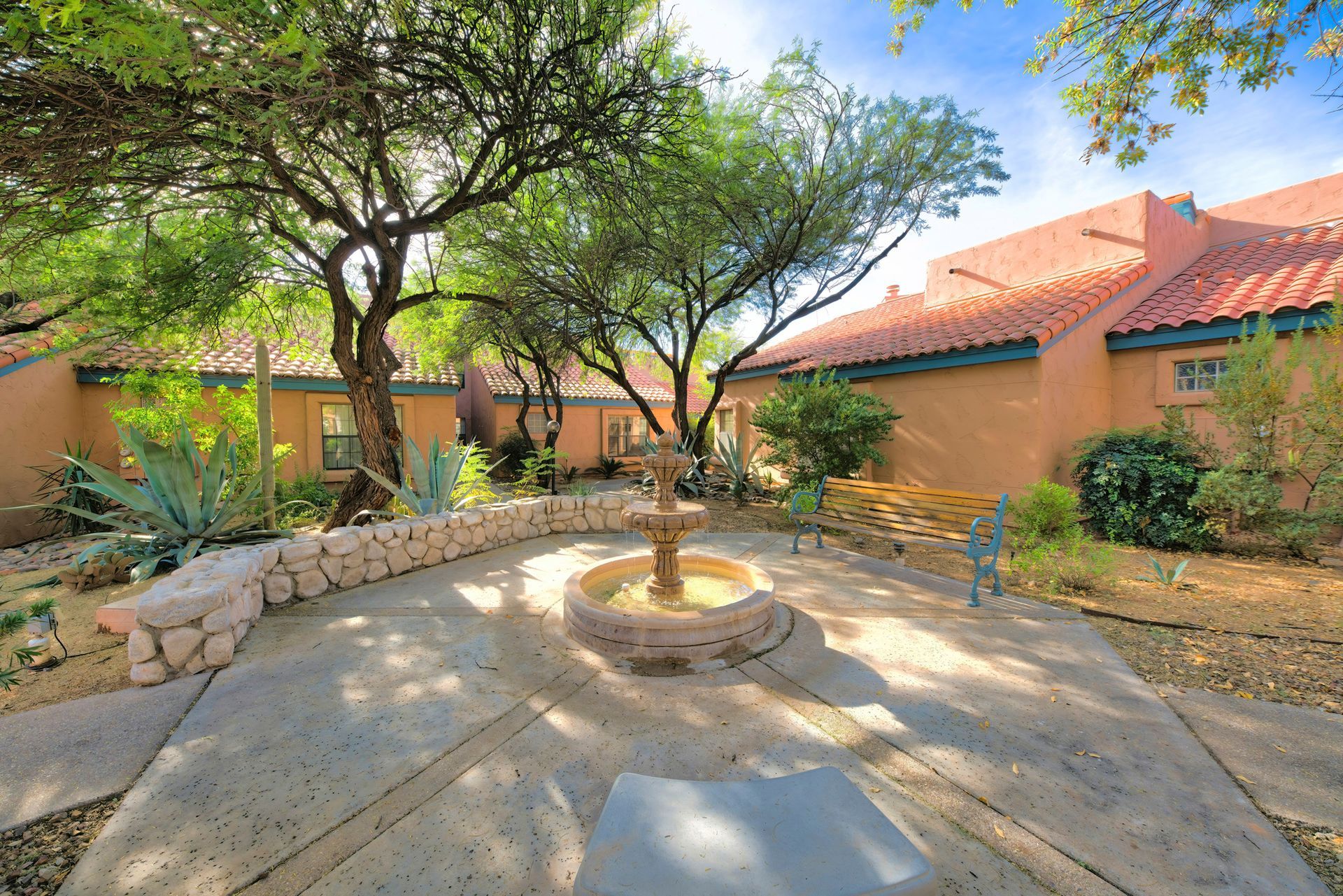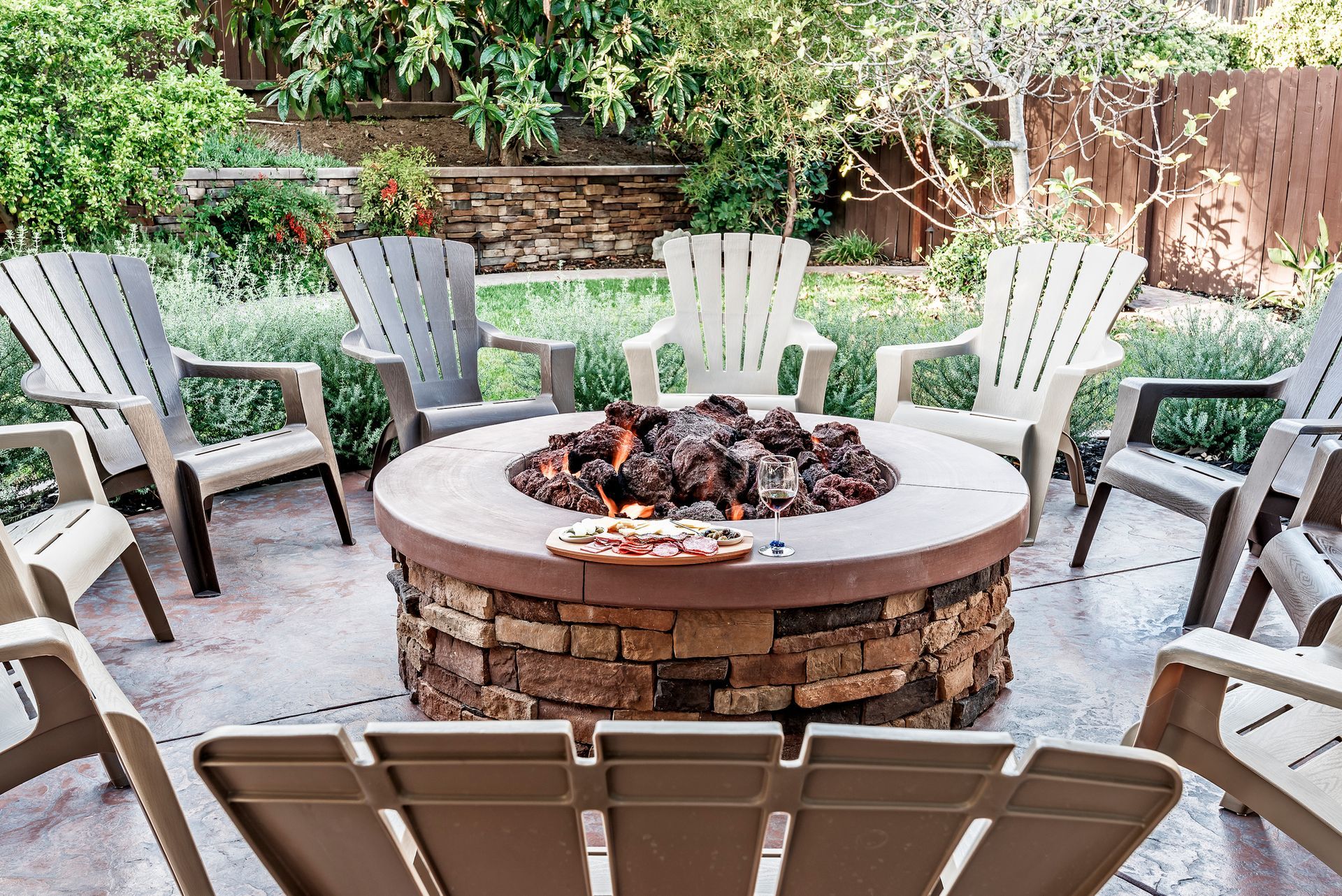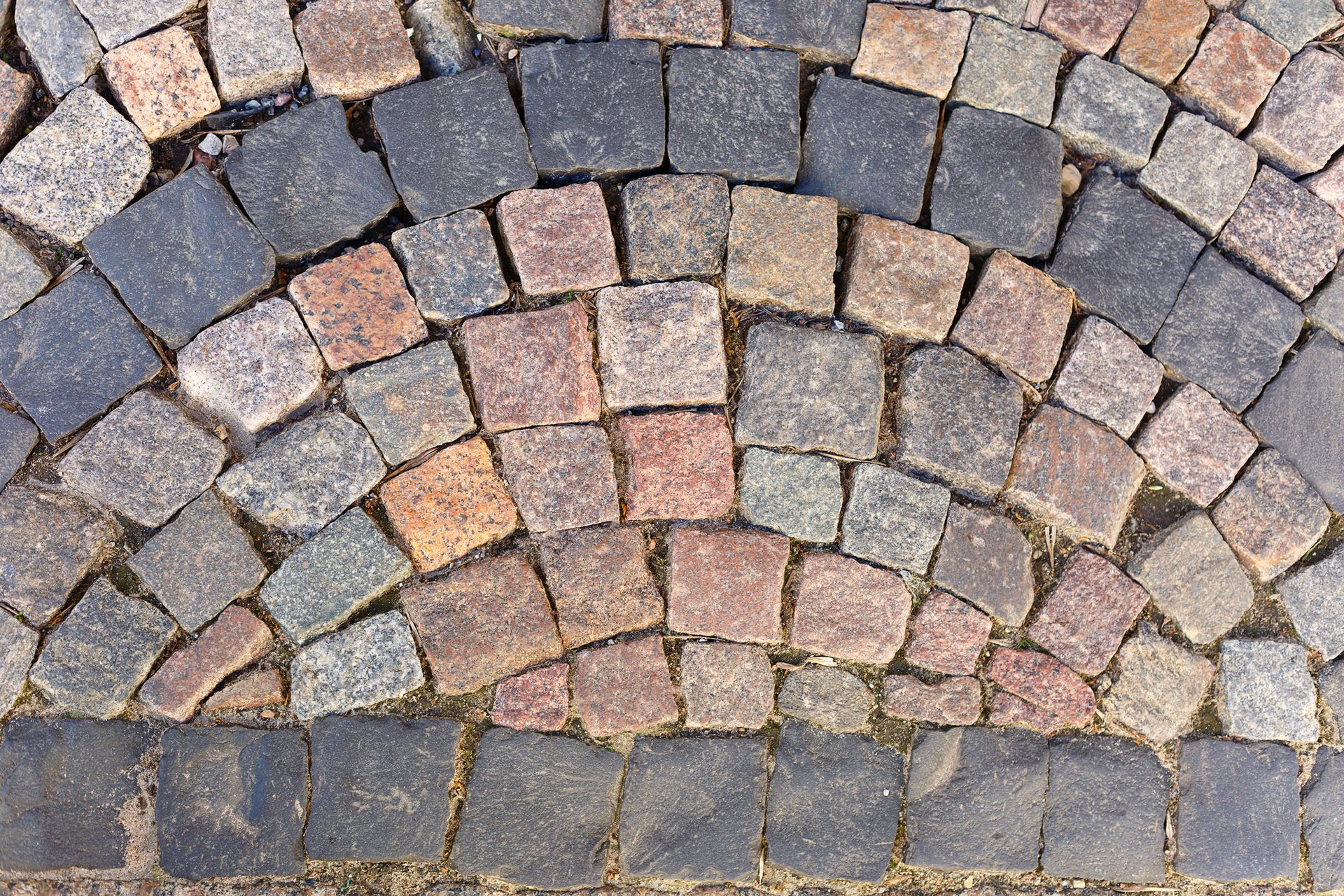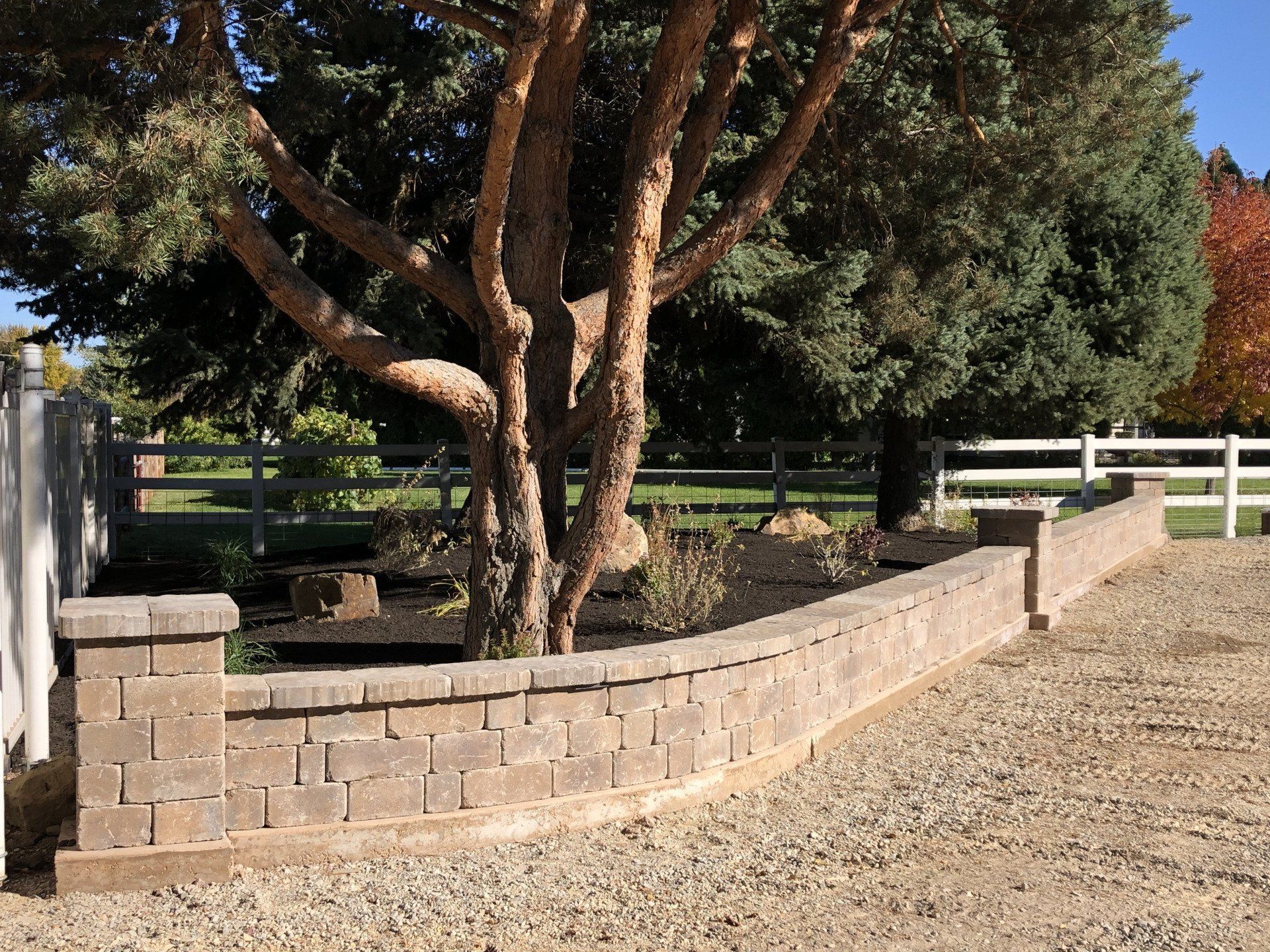Planning Your Hardscaping Project: What Time of Year Is Best for Remodeling?
What Time of Year Is Best for Hardscaping? | Reno Pavers & Patios
Hardscaping is an increasingly popular outdoor improvement option for homeowners looking to enhance their yards or garden areas. With proper planning and execution, hardscaping can add beauty and functionality to any property.
The question of when the best time of year is for hardscaping projects often arises. This article will explore the factors that should be considered in determining which season is optimal for beginning a hardscaping project.
The ideal period for starting a hardscaping project will depend on several elements, including climate, location, and materials used. Understanding these considerations is essential to achieving success with a hardscaping endeavor.
Additionally, it may also be beneficial to take into account the desired outcome of the project as well as personal preference when deciding upon the most appropriate time frame for undertaking a hardscaping task.
Climate Considerations
The hardscaping season is like a dance, with each step planned for the perfect harmony of weather patterns and soil conditions. It’s important to keep an eye on the forecast when it comes to hardscaping in order to get the most out of any project.
Weather considerations are key when it comes to planning a successful outdoor renovation. Rainy seasons can cause flooding or mudslides, depending on where you live, making them unsuitable times for hardscaping projects that involve excavation or earthmoving activities. Warmer months tend to be more ideal as they provide longer periods of dryness, which allows materials such as concrete, pavers, and stones to set properly before excessive moisture levels damage their structure and strength.
Soil conditions also need to be taken into account during the planning phase of a project, as this determines what kind of foundations will be necessary for structures built over top. If your area experiences heavy rainfall throughout the winter, then having proper drainage installed would help prevent water from eroding away at your foundation over time. During the summer months, soils become much drier, so adding organic matter or mulch may be needed in order to retain moisture levels around foundational elements.
Therefore, taking climate and soil conditions into account beforehand makes springtime one of the best times of year for tackling large-scale hardscaping projects due to its mild temperatures and ample daylight hours, creating favorable working conditions while avoiding extreme weather patterns that could potentially ruin all efforts put forth.
Location Factors
Location is an important factor to consider when planning a hardscaping project. The soil conditions and weather patterns vary drastically depending on the area, and these factors should be taken into account before beginning any work.
As such, careful landscape planning must take place in order to ensure that the best possible results are achieved:
Soil Conditions
- Drainage: Good drainage is essential for maintaining healthy plants and preventing standing water from damaging your hardscape structures. In areas with heavy clay soils or poor drainage, it may be necessary to add amendments like sand or peat moss so that excess moisture can drain away more quickly.
- Compaction: If the soil is compacted, this will make it difficult for roots to penetrate and cause issues with plant growth. To help reduce compaction, aerate the soil by spiking it with a garden fork or adding organic matter such as compost.
Weather Patterns
- Temperature Extremes: Extreme temperatures over long periods of time can damage both plants and hardscapes alike. Cold winter climates can cause cracks in paving stones, while excessive heat during the summer months can bake the ground dry.
- Rainfall Amounts: Areas with high rainfall amounts require special attention when designing hardscapes due to potential runoff issues. Installing permeable pavers instead of traditional concrete slabs can help absorb some of the excess rainwater and prevent flooding or erosion problems down the line.
When selecting materials for your hardscaping project, remember to take all location factors into consideration in order to create a safe and attractive outdoor space that stands up against whatever Mother Nature throws at it!
Material Selection
When selecting a time of year for hardscaping, material selection is an important factor to consider. Landscaping design projects require many different materials, such as stone and soil, gravel and mulch, and wood and components, that need to be considered during the planning stages.
| Materials | Advantages | Disadvantages |
|---|---|---|
| Stone | Durable | Expensive |
| Soil | Natural | Loss of Nutrients over Time |
| Gravel | Inexpensive | Difficult to Remove Once Installed |
| Mulch | Attractive | Easy to blow away in windy areas |
| Wood | Stylish | Prone to rot and decay |
The selected materials depend on several factors, such as drainage solutions, terrain levelness, site conditions, climate levels, etc. For example, installing stones or pavers near a creek or pond may not be ideal since they can easily absorb water, which will expand when frozen, causing cracking and other damage. Therefore, it is best to choose something more resistant, like concrete, due to its ability to resist moisture damage while providing better drainage solutions than traditional hardscape elements.
In terms
of time of year for installation, late spring through early fall is typically recommended with temperatures above freezing point, as most materials are sensitive to cold weather, including asphalt, which can crack if exposed too long in frigid conditions. The warmer months also provide additional hours of daylight, giving installers more time before sundown, making them finish faster without having any hazardous work left overnight.
Desired Outcome and Personal Preference
The ideal time for hardscaping depends on a variety of factors, from desired outcome and personal preference to cost analysis. The most important consideration is the climate in which you live, as certain materials are better suited for specific weather patterns.
As such, it is important to consider both the long-term effects of seasonal changes on your project’s materials as well as any potential aesthetic appeal the season may bring. When considering autumn or winter months for hardscaping projects, the primary benefit lies in avoiding extreme temperatures that can affect installation processes and material performance over time.
In areas where freezing temperatures occur during the winter, waiting until spring will allow for more successful installations with lower chances of cracking due to frost heaving. Additionally, taking into account soil conditions throughout these seasons can be beneficial when evaluating design choices while constructing retaining walls or planting beds.
On the other hand, the summer months provide a wide range of opportunities for hardscaping projects due to increased daylight availability and warmer soils that make excavation easier. Working with soft stone materials like sandstone or limestone also tends to be less difficult during this period due to their sensitivity to temperature extremes; thus allowing them greater flexibility when installing intricate designs with curves and arches.
Ultimately, selecting an appropriate time frame involves analyzing all relevant factors prior to making a decision based on individual needs and preferences.
Reno Pavers and Patios
When it comes to hardscaping, the best time of year is largely dependent on climate considerations and location factors. Materials must also be taken into account in order to ensure that they are properly installed and can withstand the conditions of their surroundings.
In addition, desired outcomes and personal preferences will shape the timing of hardscaping projects. Ultimately, no matter what season a project is completed during, careful planning and knowledge of materials should always come first - ironic as this may seem.
With thoughtful consideration and expert guidance, any season can provide an ideal opportunity for beautiful outdoor living spaces that stand the test of time.The selected materials depend on several factors, such as drainage solutions, terrain levelness, site conditions, climate levels, etc. For example, installing stones or pavers near a creek or pond may not be ideal since they can easily absorb water, which will expand when frozen, causing cracking and other damage. Therefore, it is best to choose something more resistant, like concrete, due to its ability to resist moisture damage while providing better drainage solutions than traditional hardscape elements.
In terms of time of year for installation, late spring through early fall is typically recommended with temperatures above freezing point, as most materials are sensitive to cold weather, including asphalt, which can crack if exposed too long in frigid conditions. The warmer months also provide additional hours of daylight, giving installers more time before sundown, making them finish faster without having any hazardous work left overnight.
Desired Outcome and Personal Preference
The ideal time for hardscaping depends on a variety of factors, from desired outcome and personal preference to cost analysis. The most important consideration is the climate in which you live, as certain materials are better suited for specific weather patterns.
As such, it is important to consider both the long-term effects of seasonal changes on your project’s materials as well as any potential aesthetic appeal the season may bring. When considering autumn or winter months for hardscaping projects, the primary benefit lies in avoiding extreme temperatures that can affect installation processes and material performance over time.
In areas where freezing temperatures occur during the winter, waiting until spring will allow for more successful installations with lower chances of cracking due to frost heaving. Additionally, taking into account soil conditions throughout these seasons can be beneficial when evaluating design choices while constructing retaining walls or planting beds.
On the other hand, the summer months provide a wide range of opportunities for hardscaping projects due to increased daylight availability and warmer soils that make excavation easier. Working with soft stone materials like sandstone or limestone also tends to be less difficult during this period due to their sensitivity to temperature extremes; thus allowing them greater flexibility when installing intricate designs with curves and arches.
Ultimately, selecting an appropriate time frame involves analyzing all relevant factors prior to making a decision based on individual needs and preferences.
Reno Pavers and Patios
When it comes to hardscaping, the best time of year is largely dependent on climate considerations and location factors. Materials must also be taken into account in order to ensure that they are properly installed and can withstand the conditions of their surroundings.
In addition, desired outcomes and personal preferences will shape the timing of hardscaping projects. Ultimately, no matter what season a project is completed during, careful planning and knowledge of materials should always come first - ironic as this may seem.
With thoughtful consideration and expert guidance, any season can provide an ideal opportunity for beautiful outdoor living spaces that stand the test of time.
Contact Us
We will get back to you as soon as possible.
Please try again later.
You might also like
Book a Service Today
We will get back to you as soon as possible
Please try again later
Spokane Valley & North Idaho's #1 Paving Stone Specialists!
Navigation
Services
Working hours
- Mon - Wed
- -
- Thu - Sat
- -
- Sunday
- -




